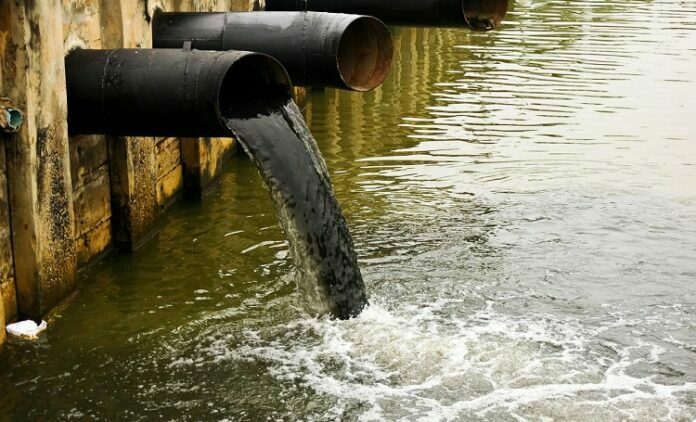Before the provision of pure, freshwater resources for drinking, water purification and water filtration technologies were a crucial line of defence to eliminate pollutants and microorganisms. Because water sources might be contaminated, they must be treated properly to remove disease-causing contaminants. To deliver safe drinking water to their communities, public drinking water systems employ a variety of approaches. Different water treatment systems may be in use based on the continent, country, and location, as well as regional restrictions and raw water input.
To cleanse raw water before it can be delivered, a range of water treatment technologies must function together in succession, and local water testing treatments can help you with that. Below is a list of some common water treatments:
Table of Contents
Screens
To filter particle material and trash from raw water, many surface water intakes use screens. Rough screens can be used to remove plants and trash, whereas band filters and microstrainers can be used to remove smaller particles like fish. Microstrainers are used as a pre-treatment to minimise solids loading before coagulation or subsequent filtering.
Filters made with slow sand
Slow filtration can also eliminate turbidity, algae, and microbes. Slow sand purification is a simple and efficient procedure that can be used to purify tiny quantities of water if enough land is available. Slow sand filters are often made up of tanks filled with sharp sand (size range 0.15-0.30mm) to a depth of 0.5 to 1.5 metres.
Carbon
Contaminants can be eliminated using activated carbon and physical adsorption. The amount and kind of carbon, the nature and concentration of the contaminant, the water retention duration in the unit, and overall water quality will all influence this.
Aeration
By air removal, aeration is utilized to move oxygen into freshwater while also removing gases and volatile substances. Due to their small size and good energy efficiency, packed tower aerators are a popular approach. Various approaches, such as countercurrent cascade aeration in stacked towers, dispersed aeration in basins, and spraying aeration, can be utilised to achieve air stripping.
UV Light
Filtration is a viable option for primary decontamination of drinkable water supply. Furthermore, the procedure can be utilised as a supplementary cleaning method. Further, if bacterial cells are not eliminated in a UV device and instead transformed to pyrogens, a second constraint may arise. Any microbes that live below the UV unit feed on the deceased organisms and any other impurities in the water.






